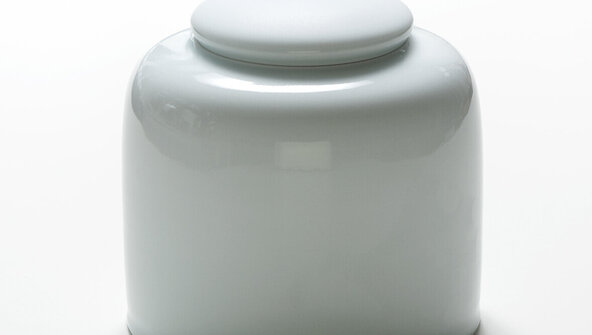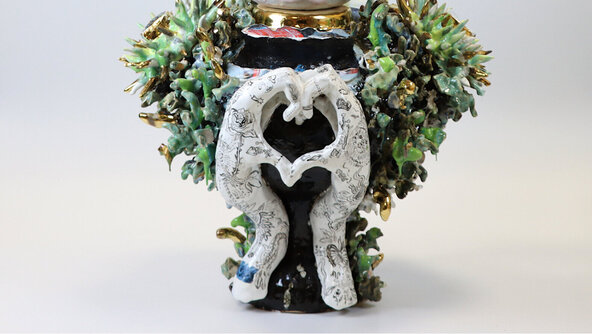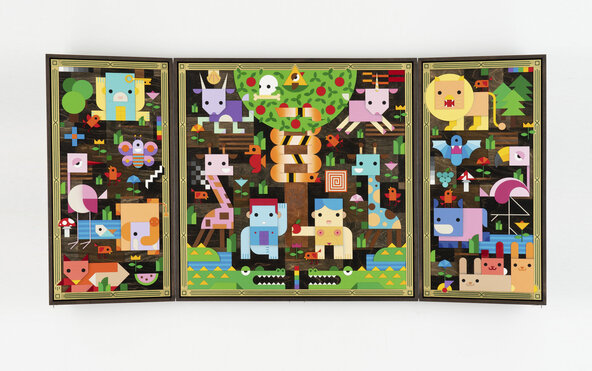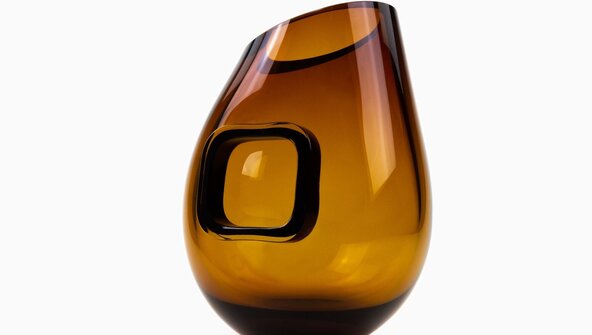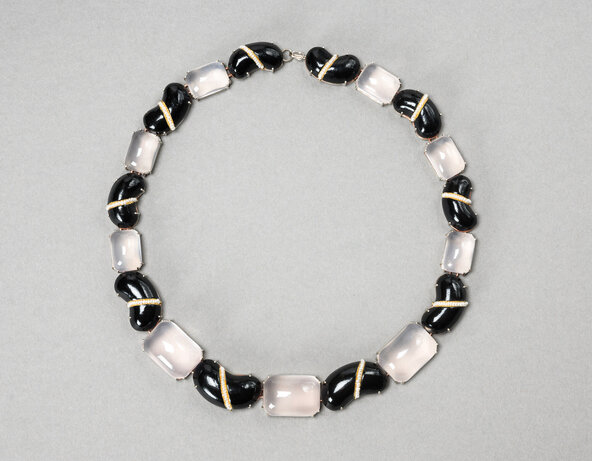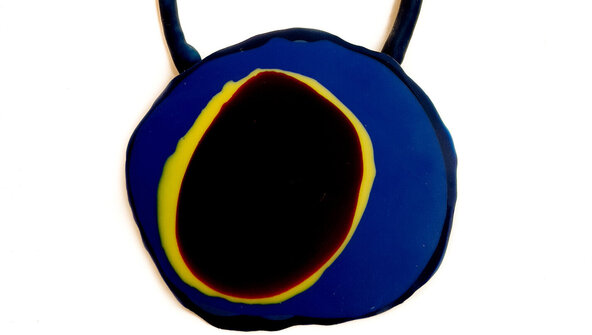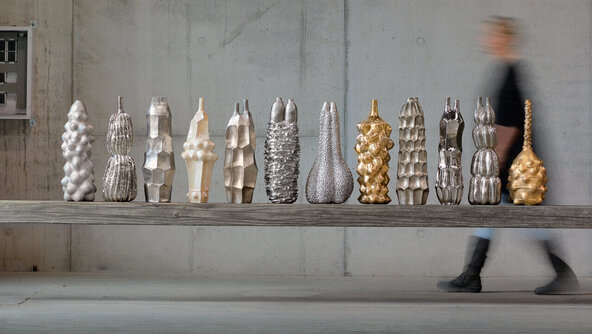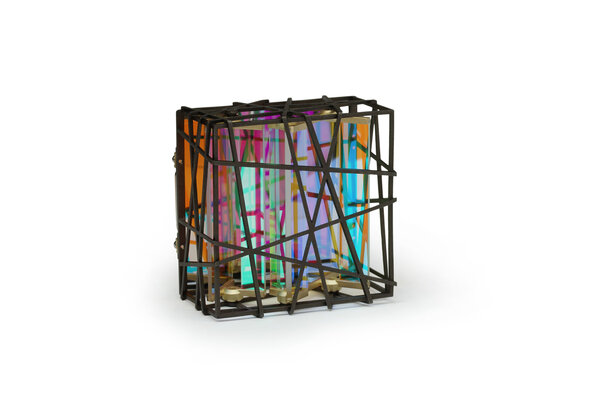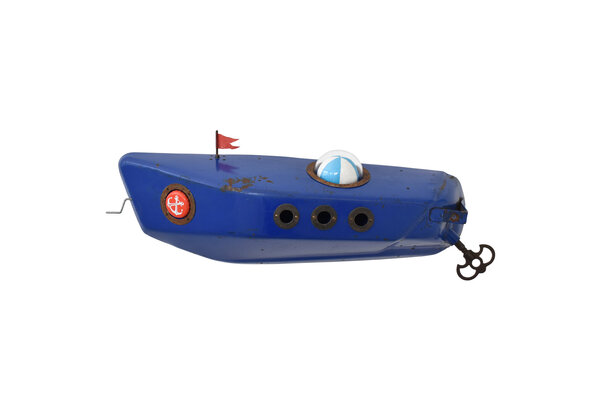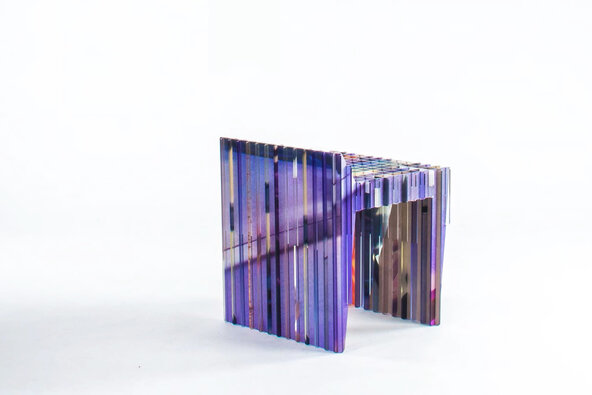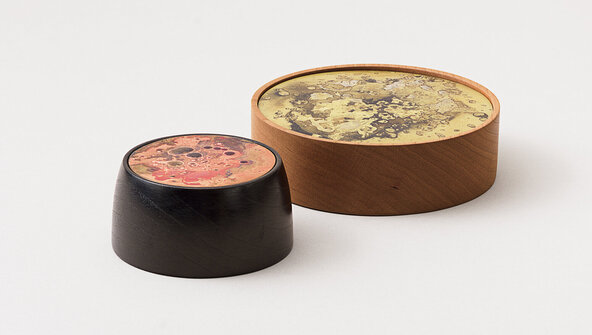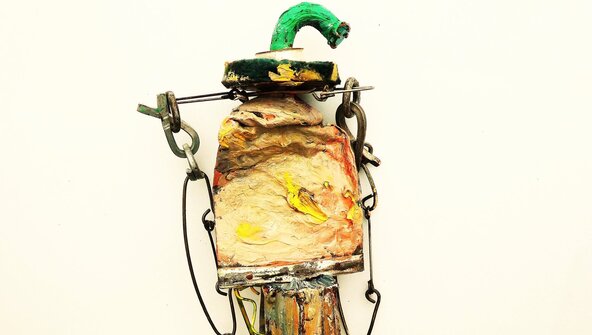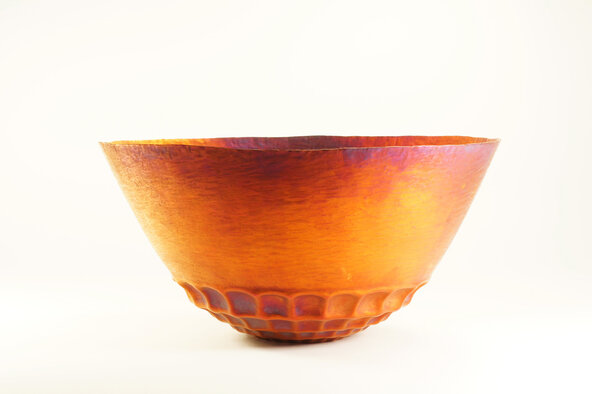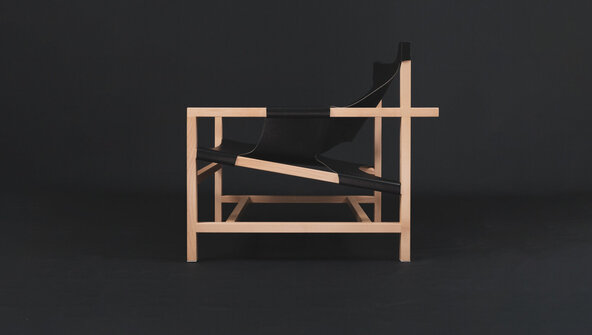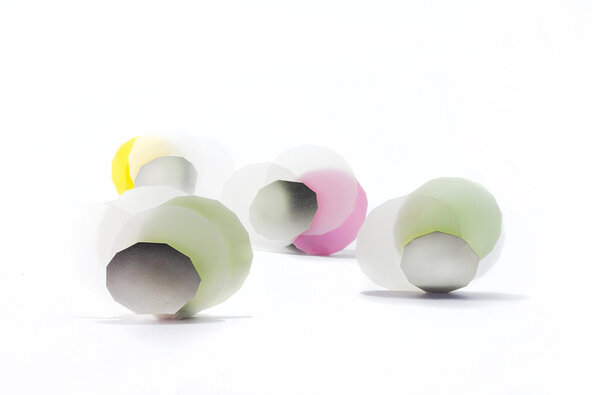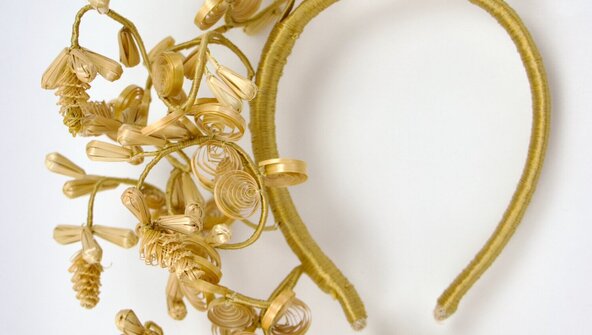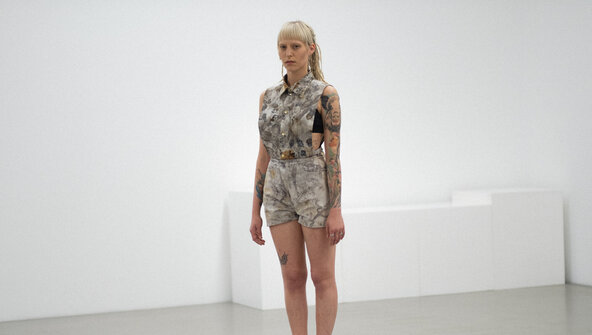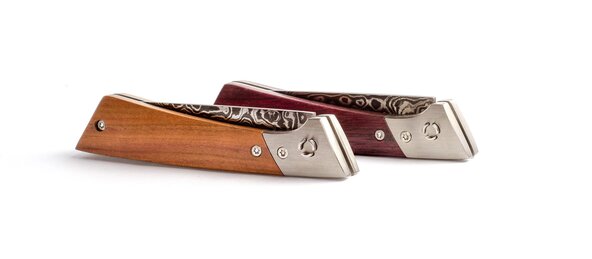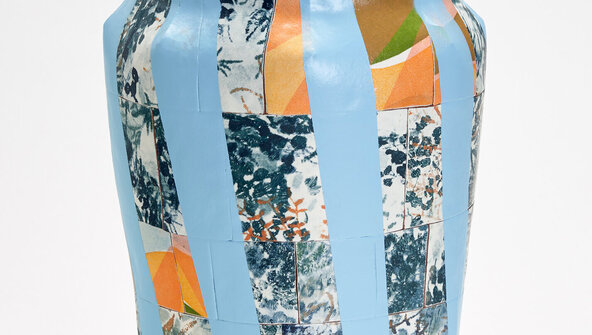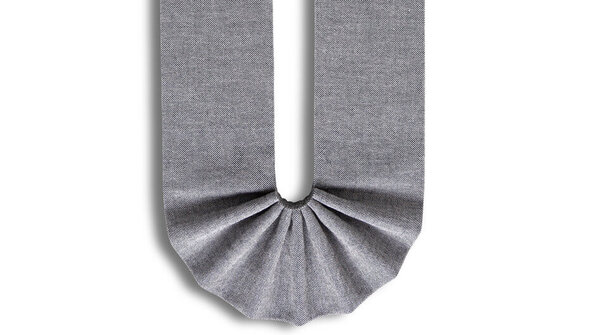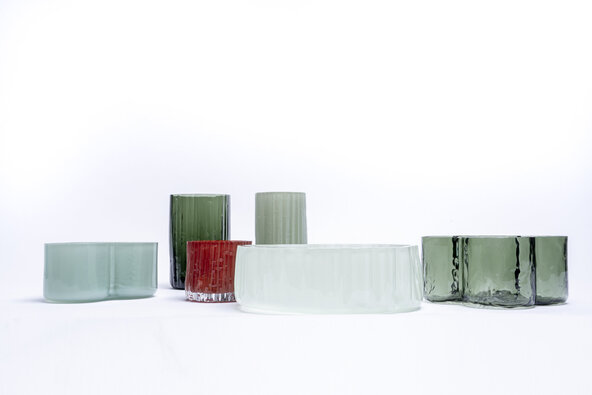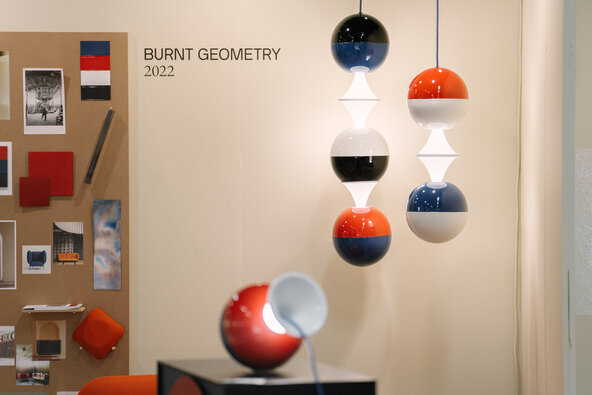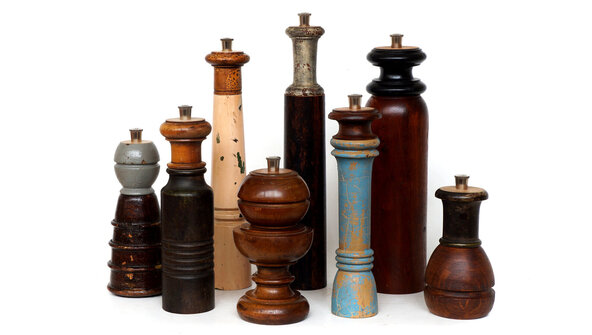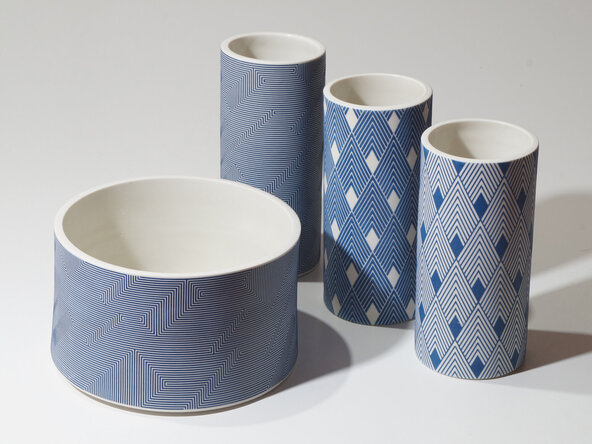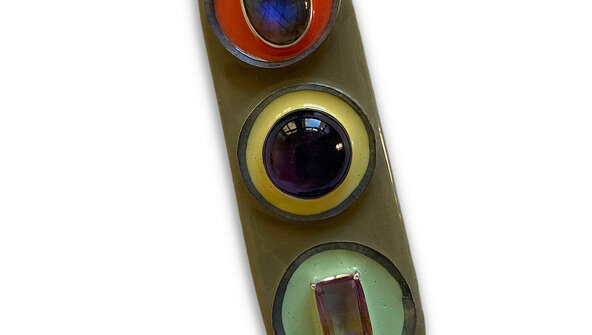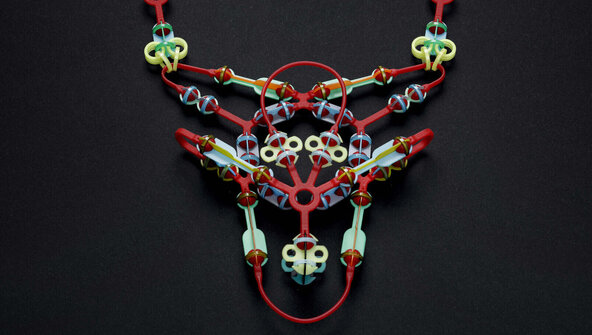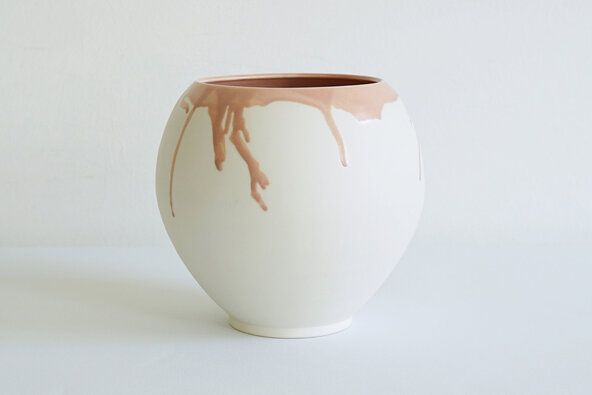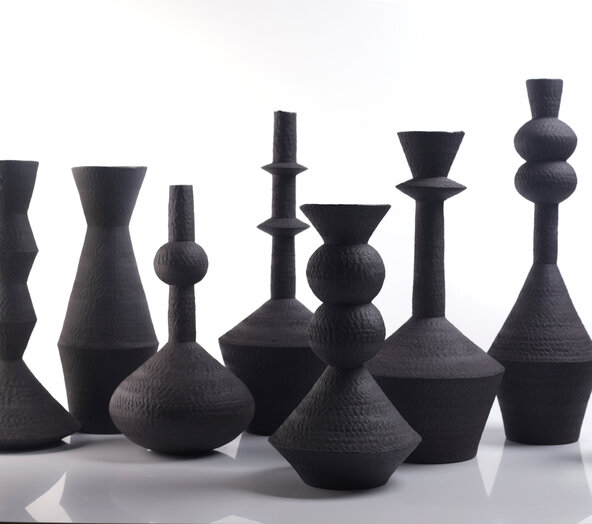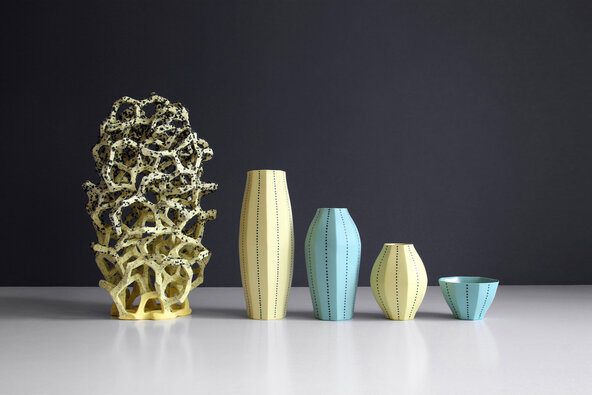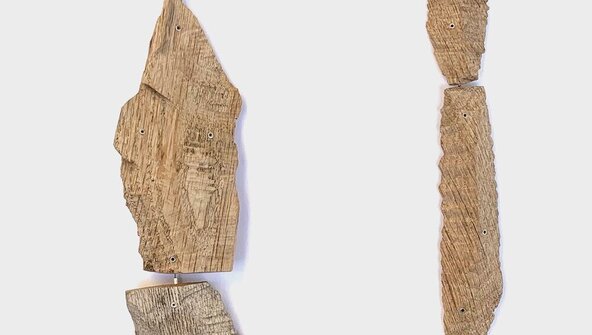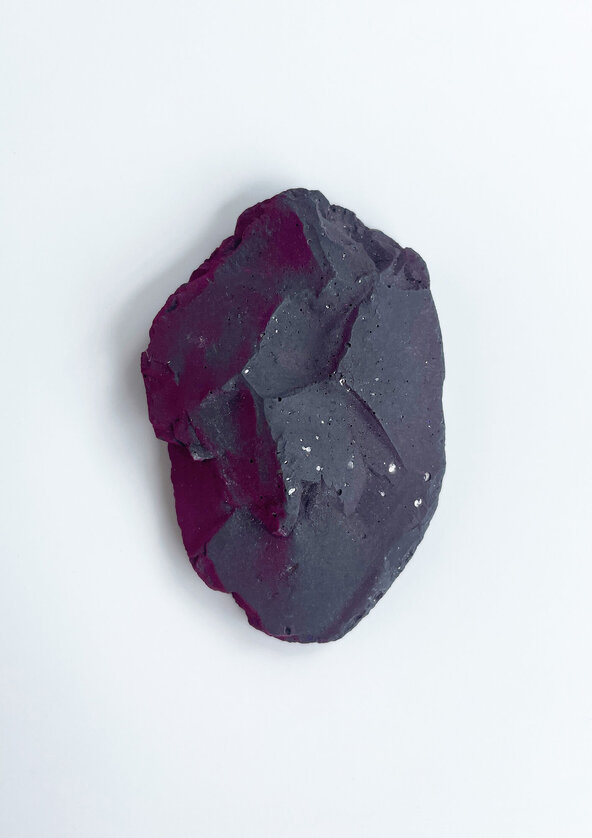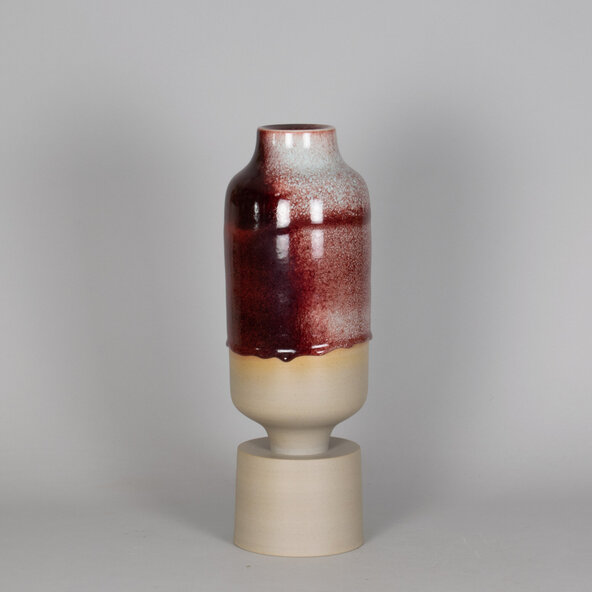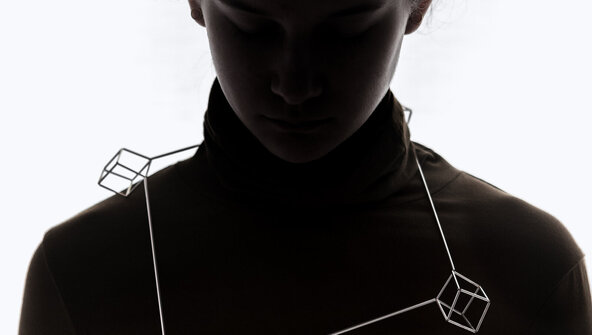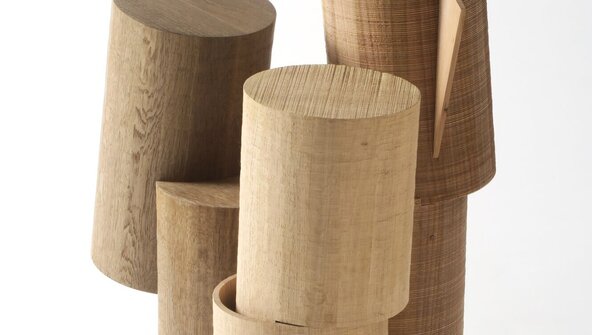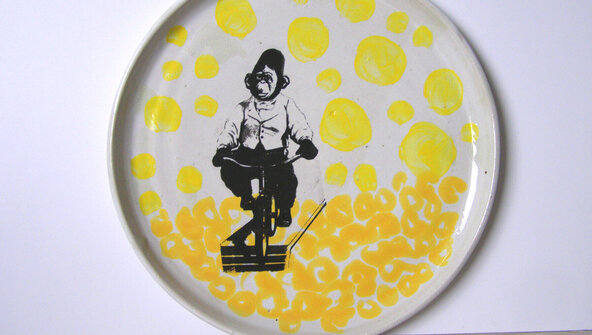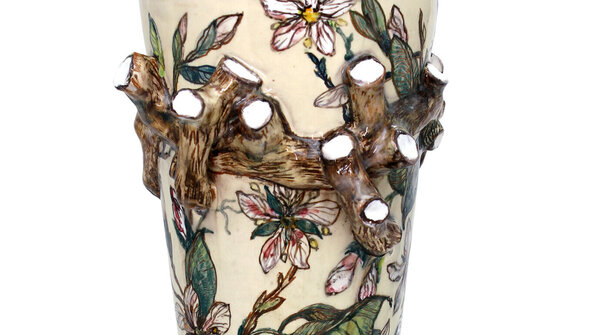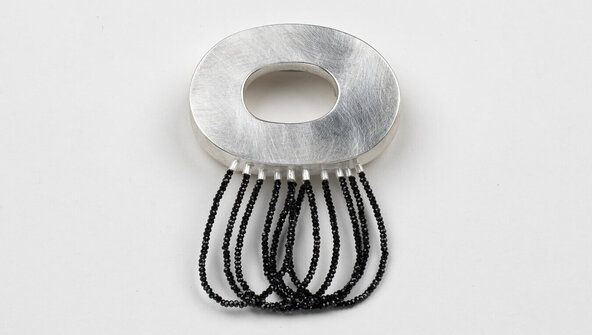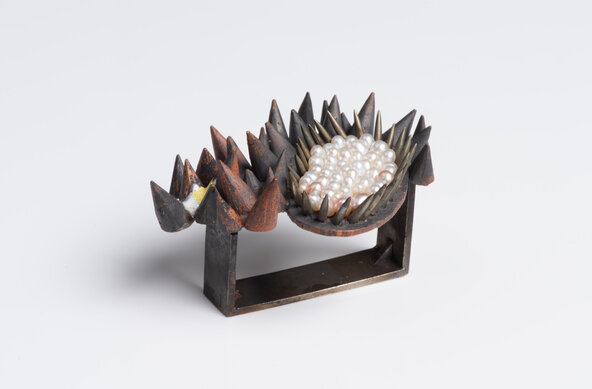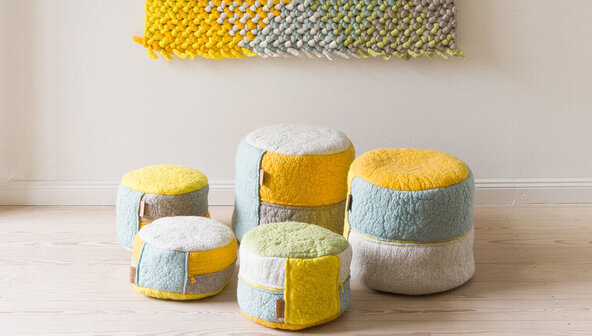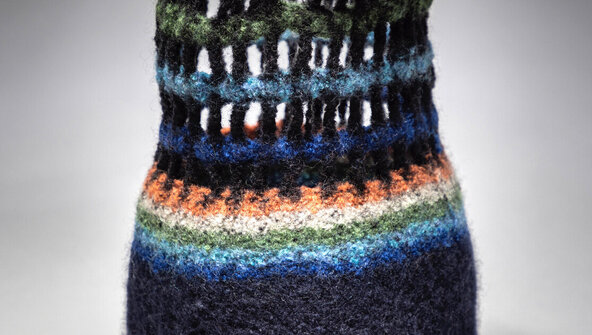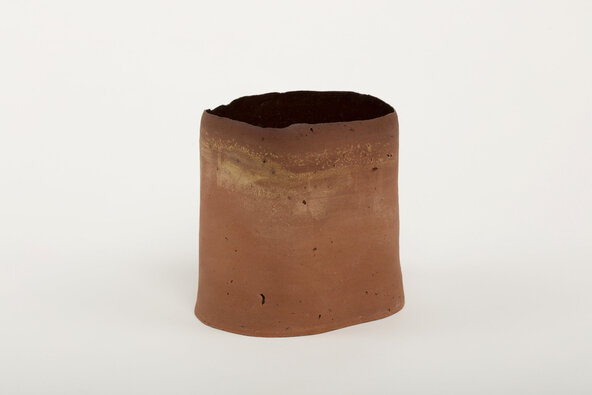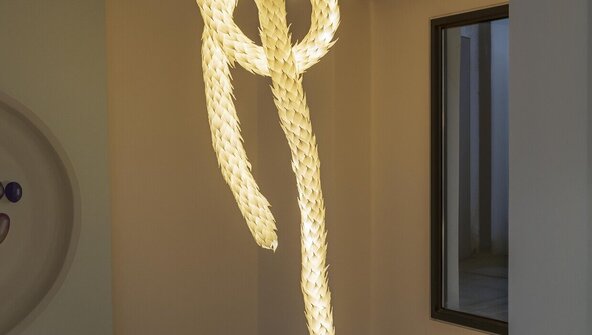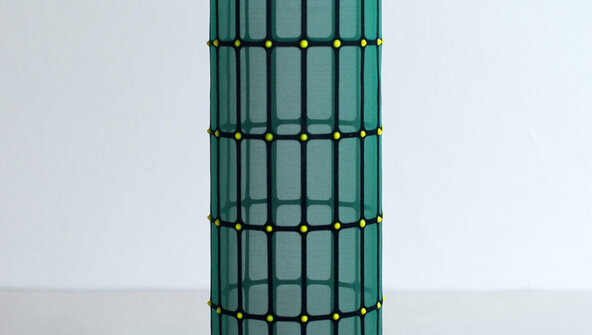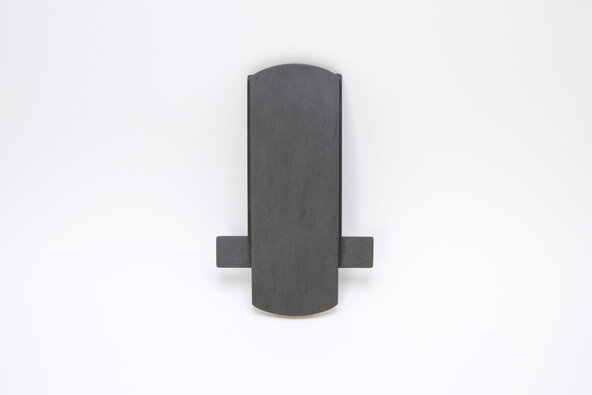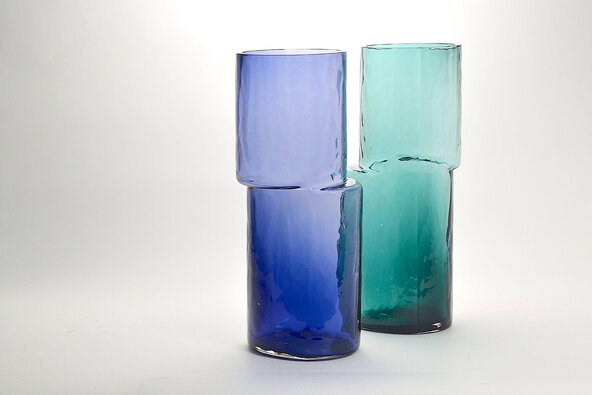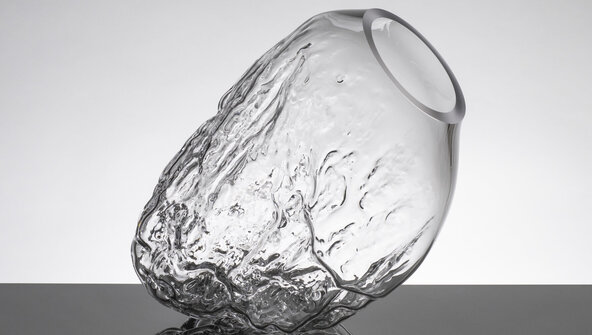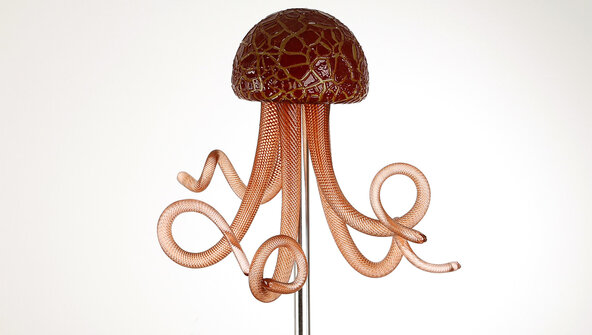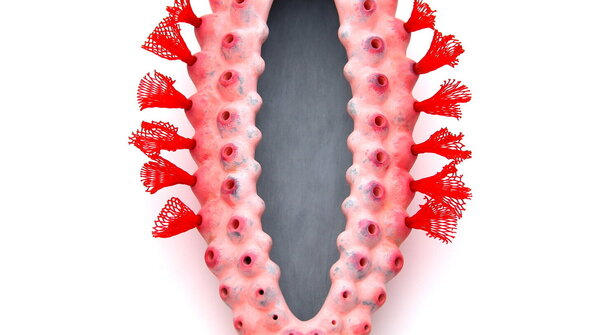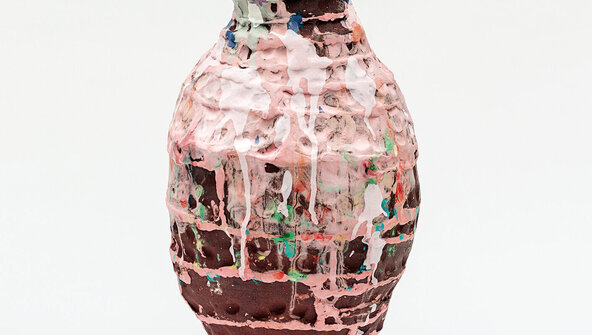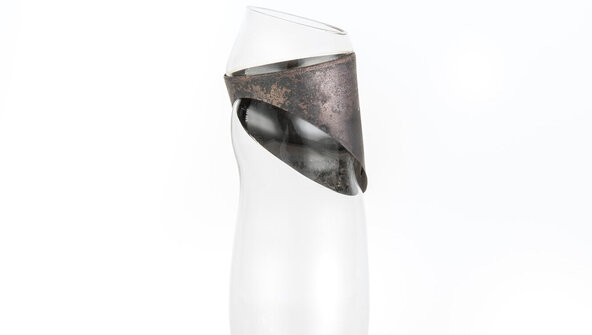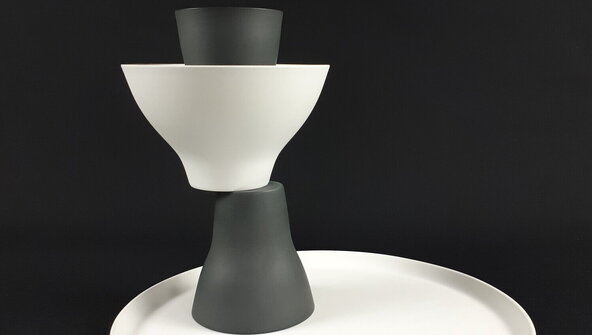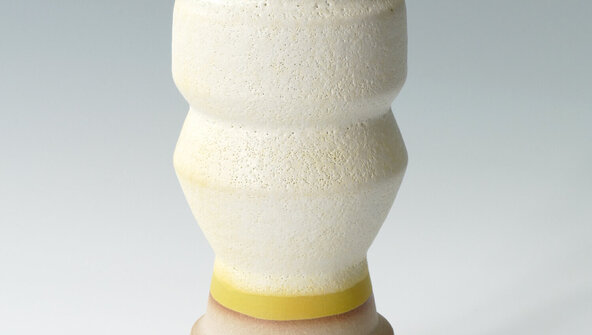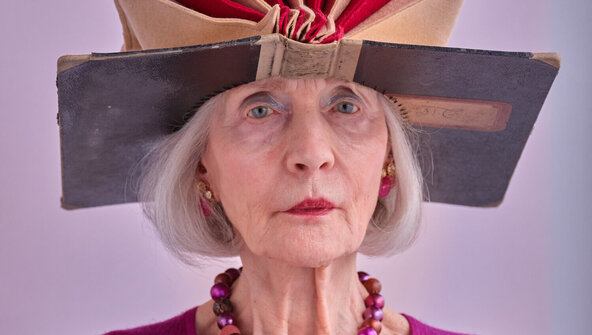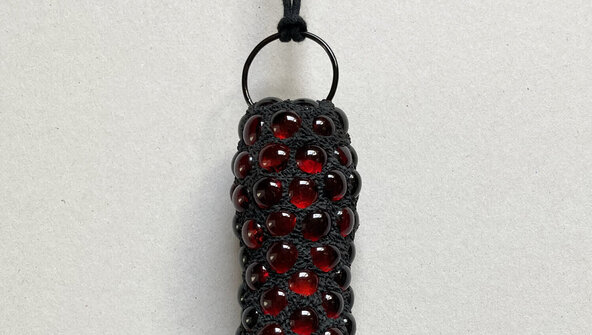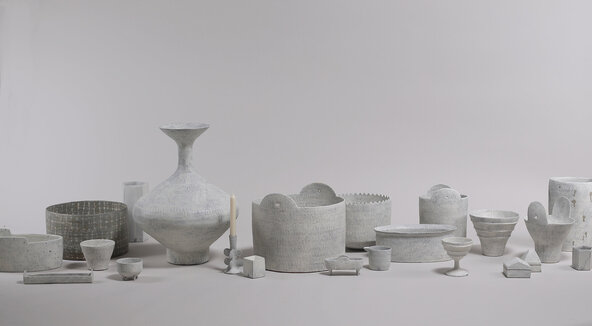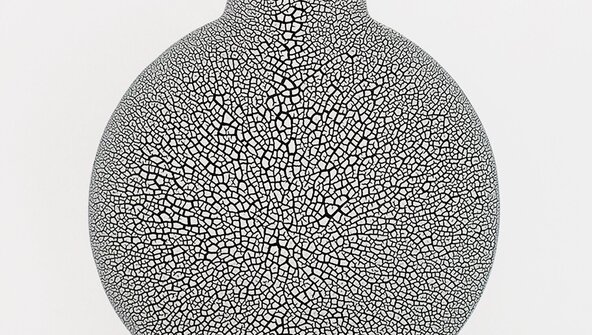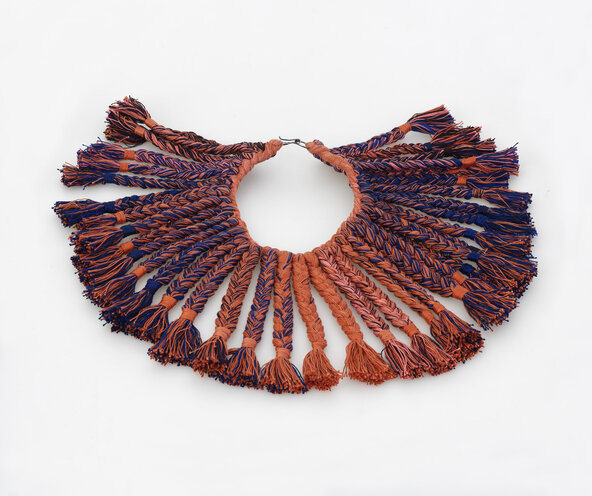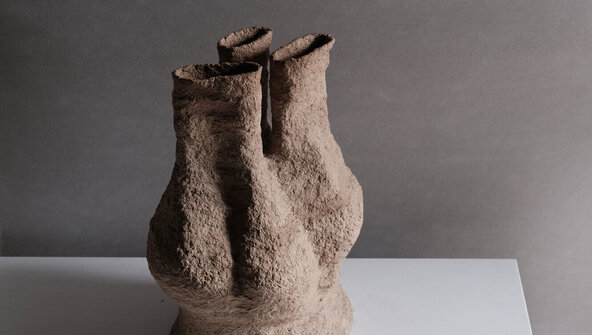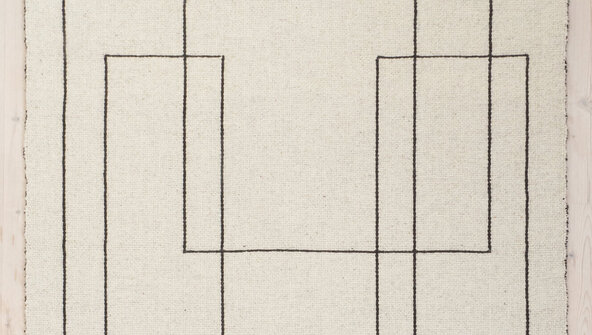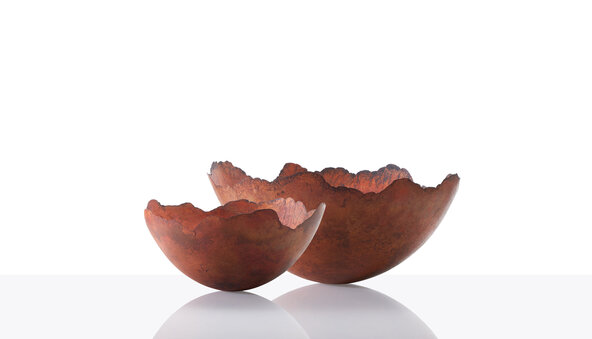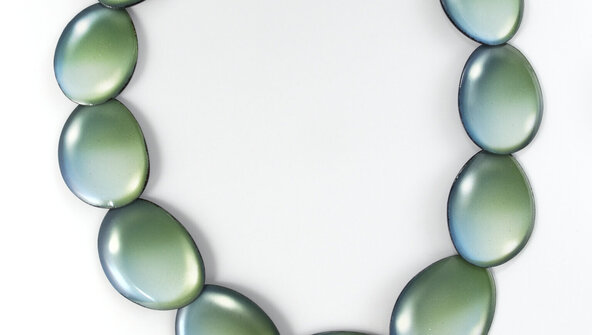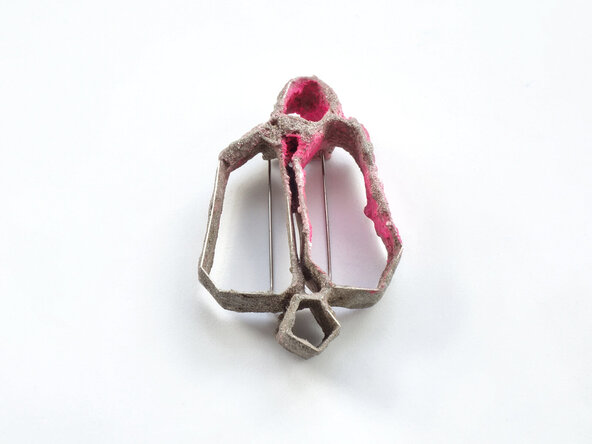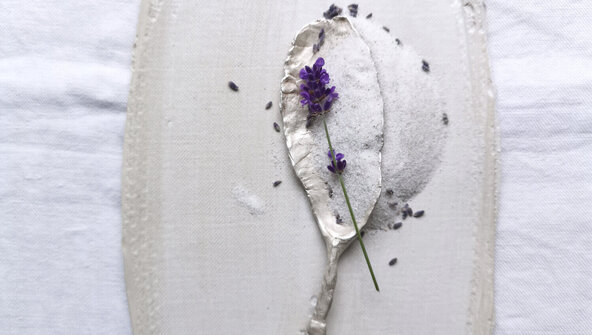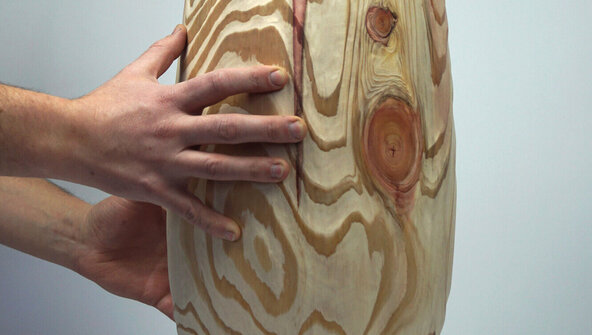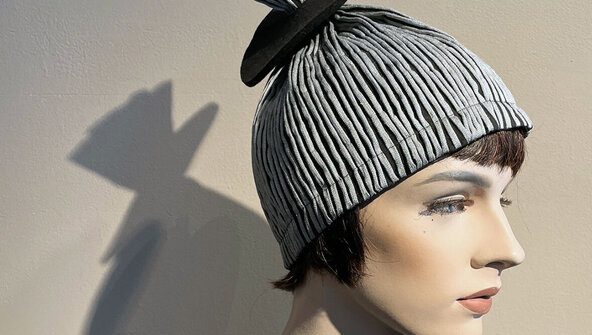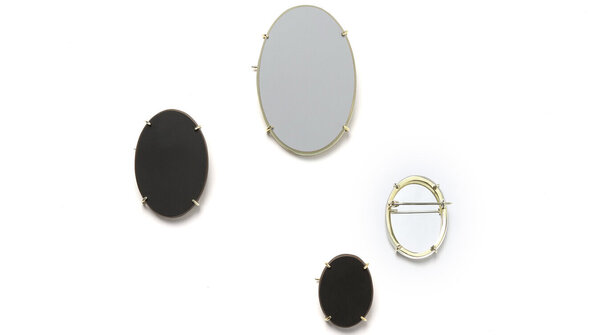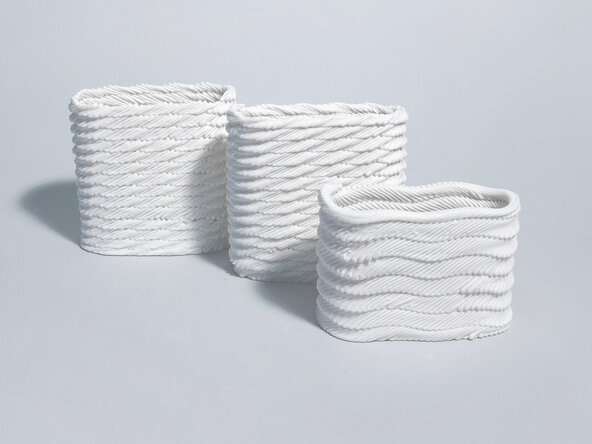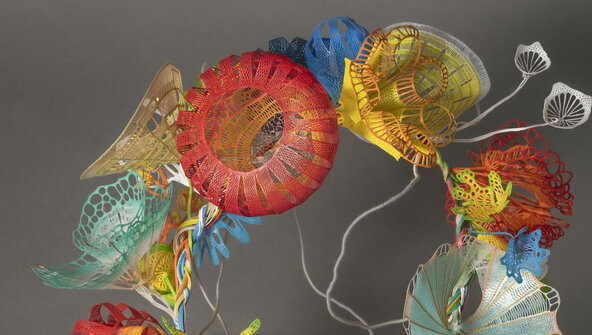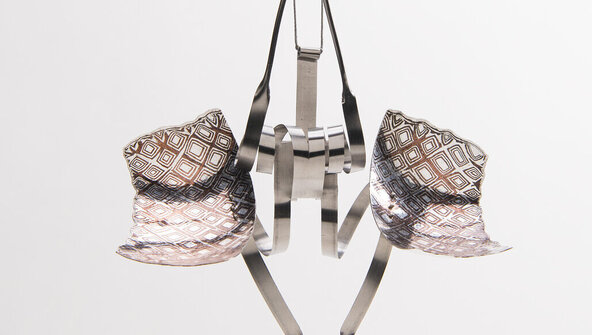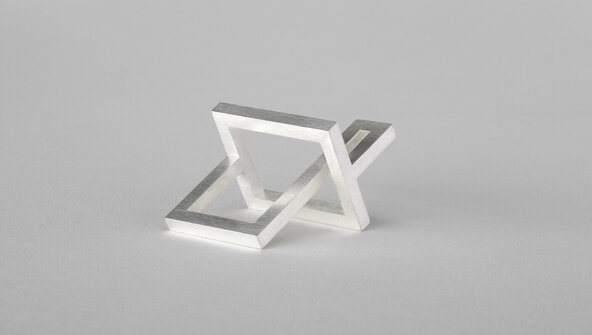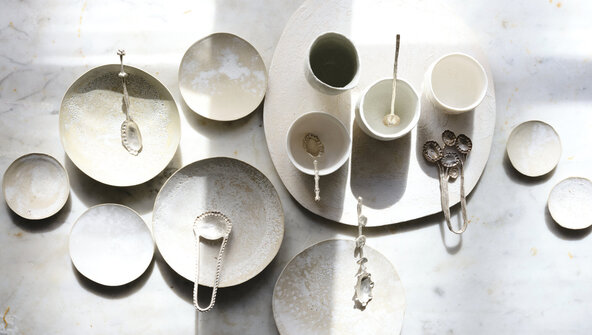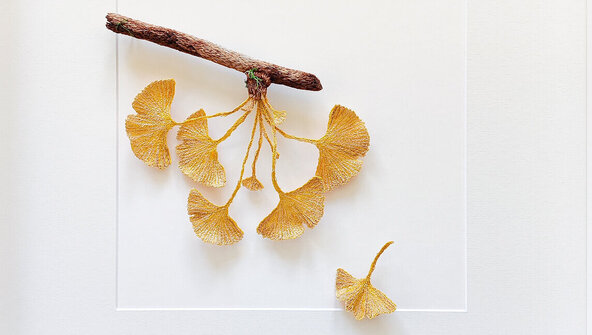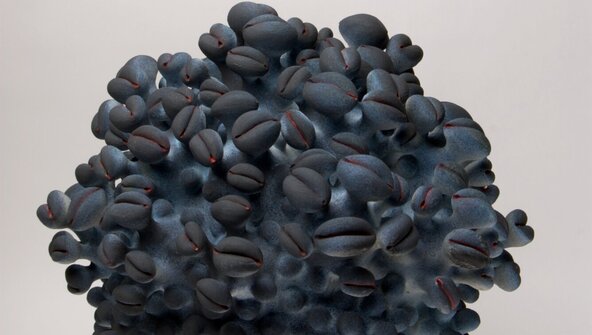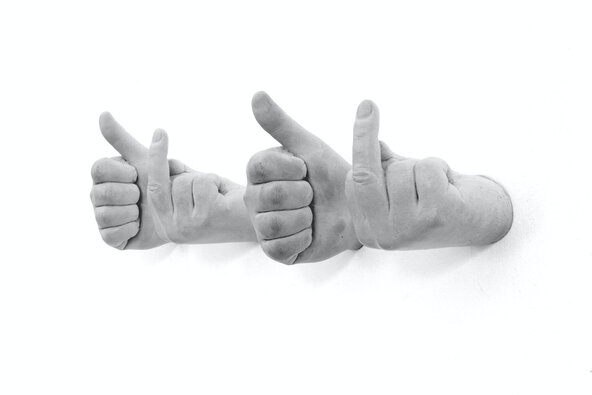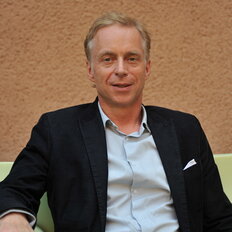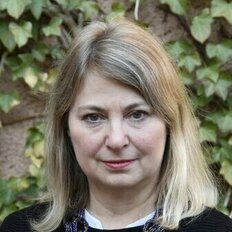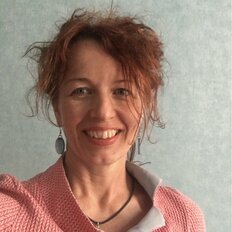Grassimesse 2023
Prize winners
Filter by categories:
Burg Giebichenstein University of Art and Design, Halle
The production of the panel material funderplan requires only wood fibers, water, heat and high pressure. The cell wall substance lignin present in the wood is used as an "adhesive". Funderplan is therefore "100% organic". In the summer semester of 2023, students at the Burg Giebeichenstein Kunsthochschule Halle explored the opportunities and possibilities of this material as part of a design project. In addition to a lot of material experiments, a variety of very different furniture was created.
Supervision:
Prof. Klaus Michel, KM Jacovo Cuesta Wolf.
Participants:
Isabell Bilfinger Unzueta, Judith Burgard, Luisa-Charlotte Gaßmann, Emilia Kopp, Jaehwan Lee, Pepe Nitz, Camille von Gerkan, Mira Wagner, Christiane Wöhrmann
Photos:
Tomasz Lewandowski
University of Art and Design Weißensee
CRAFT - Common Ground
The CRAFT - Common Ground project in the winter semester of 2022/23 was about simple objects that support community building - vessels for eating and drinking. What brings us together? How can objects strengthen relationships between people? How can relationships with objects be built to last as long as possible? How can objects convey a sense of our connectedness to each other and our interconnectedness with nature?
In the process, we also wanted to rethink the raw material base for the production of the objects. How can we be gentle with it? How can it perhaps be made post-extractive? How, for example, can production waste replace virgin materials? Finally, we asked questions about the production of things: How can traditional artisanal processes be augmented with digital tools to enable local manufacturing that is independent of large structures?
The result of the project is objects for a meal made of ceramics, glass, and other materials that strengthen community, but also the design of the meal itself as a holistic experience, including sensory perceptions, rituals, and rules associated with it.
Supervision:
Prof. Barbara Schmidt
Participants:
Kati Brunk, Alena Bachmann, Mareen Baumeister, Lydia Ciesielski, Pascal During, Victoria Fechtner, Luisa Friedenstab, Amy Graves, Edwin Huhn, Michelle Müller, Charlotte von Ravenstein, Psuls Rocke, Lucia Schmitz, Leo Schrewe, Nofar Zeidenshnir
Project support:
Maestero Peter Kuchinke
Torsten Rötzsch
Ole Jeschonnek
Andreas Kallfelz (text support)
Project partners:
Museum Baruther Glassworks
Glass manufactory Harzkristall Derenburg
Elias colored glassworks Lauscha
The Glass Factory, Boda, Sweden
University of Arts, Berlin
Mathias Gschwendtner - New Sources
New Sources is a case study using leftover materials from the wood industry through an interconnection of 3d-scanning, computational design and robotic manufacturing. The chair works as a display for the scalable production process. It provides an alternative solutions to counteract the increasing deforestation and furthermore questions the standardization of natural grown materials in the domestic environment.
Carefully dried birch branches are first 3d scanned and then analyzed and processed by a custom-made algorithm, to create a virtual model of an object. Various geo[1]metries can be applied. In a second step, all production data for robotic fabrication gets calculated automatically, based on the virtual model. The irregularity of the material requires a constant recalculation.
To be able to develop a fully workung process, I bought a 22-year-old, discarded industrial robot from a Bavarian car manufacturer, repaired and modified it and set up a temporary workshop in my parent's garage. After more than 800 iterations of the code and a first series of prototypes, the workshop was moved to Berlin, where I continue the research.
Precisely milled surfaces and edges appear all around the object and stand in contrast to the raw branch surface to display the intersection between nature and technology. Birchbark partly remains and becomes a natural ornament. It keeps the original character of the material alive. Due to the irregularity of the material, every object becomes a unique piece.

HAWK Hildesheim
Henrike Cohrs (BA) Enamel Casting Expedition - Finds from the Time of the Material Dialogue
The Enamel Casting Expedition is a journey to the materials brass and enamel. Via experiments in metal casting it was possible to dive into their world and explore their interplay. In dialogue with the material, each experiment posed a question, each result provided answers and was a guide. The exhibits are pieces discovered along the way, which in their impression play with the field of tension between artifact and geofact, between new and old and challenge the viewer.
Sophia Tüngler (BA) - Ear jewelry under the sign of independence
Under the guiding principle "Mundus senisbilis - sensually perceptible world", earrings were created that break away from outdated customs and traditions and focus on the individuality of freedom and independence of man - without constraints and involuntary statements. The earrings renounce the coercion of physical modification of the body, which is considered "normal" in society.
Viktoria Schumann (MA) - Emptiness or in-between?!
Concentrating on a recurring activity can create a mental void. By combining a dream journey with physical movement in the form of an auditory accompanied walk, a method was developed to use this mental empty space in a repeatable way for contemplation. The resulting jewelry embodies a symbolic as well as physical empty space, and serves as a tool and reminder to usefully fill this space through the application of the method.
Anne Sophie Ruth Schneider (MA) - On the Political in Jewelry - Off the Shelf Jewelry (Interaction and Mediating Object).
Why does jewelry exist? What shapes the perception of jewelry? How is jewelry embedded within societies? And what do body-related objects have to do with it? This paper provides insight into the socio-cultural interweavings of jewelry and body-related objects and discusses how they function as social mirrors. In doing so, the work is a mediation format that gives the political in jewelry a space to be approached and interrogated.
Supervision: Prof. Melanie Isverding
Alchimia Contemporary Jewellery School in Florence
Alchimia School will be 25 years old in 2023. one of the few, if not the sole, institution with a BFA and an MFA program that is solely focused on contemporary jewelry in its broadest definition.
Alchimia, with its strong cultural presence in Florence, was founded with the goal of developing, transforming, and incorporating classical methods into modern thinking and culture.
Thought out these years Its key focus was and still is “Diversity”, as a result of an open bilateral exchange of knowledge, experiences, and cultural backgrounds between students and mentors from all over the world.







State Academy of Fine Arts Stuttgart
ceramic workshop
The ceramics workshop of the Stuttgart State Academy of Fine Arts sees itself as a laboratory for all subject groups. Students from the fields of art, architecture and design show selected objects that have been created in recent semesters. This shows how the material can be shaped, used and understood in the various disciplines.
Direction:
Jong Hyun Park
Participants:
Johannes Hertell, Leo Weber, Camille Samson, Florian Post, Laura Neuscheler, Manuel Müller, Sophia Gräbe, Claudia Krieger, Trang Nguyen







